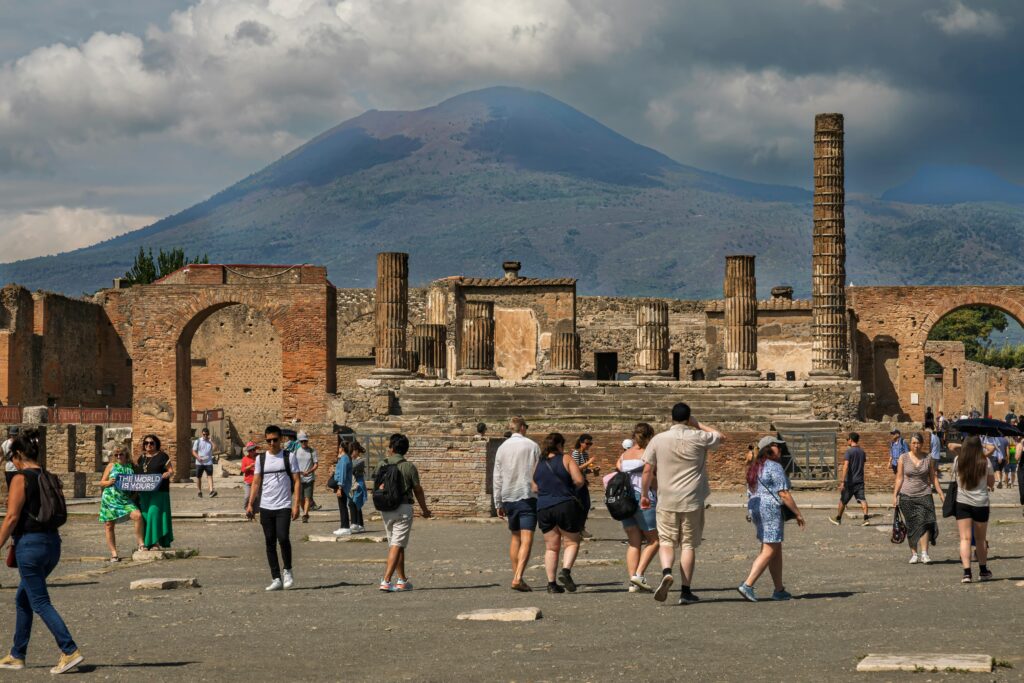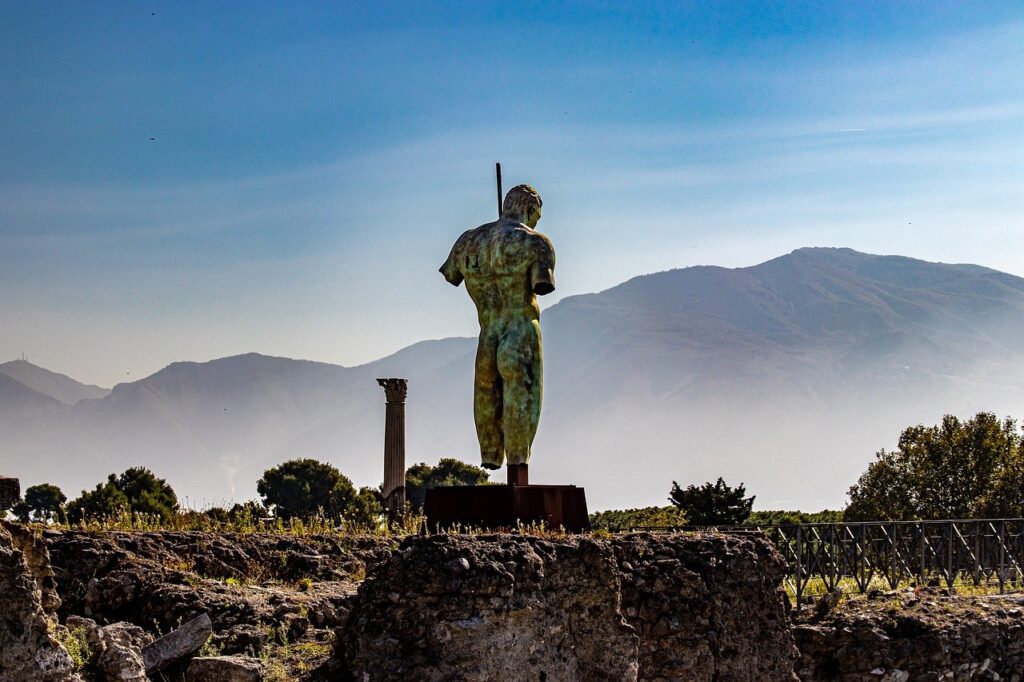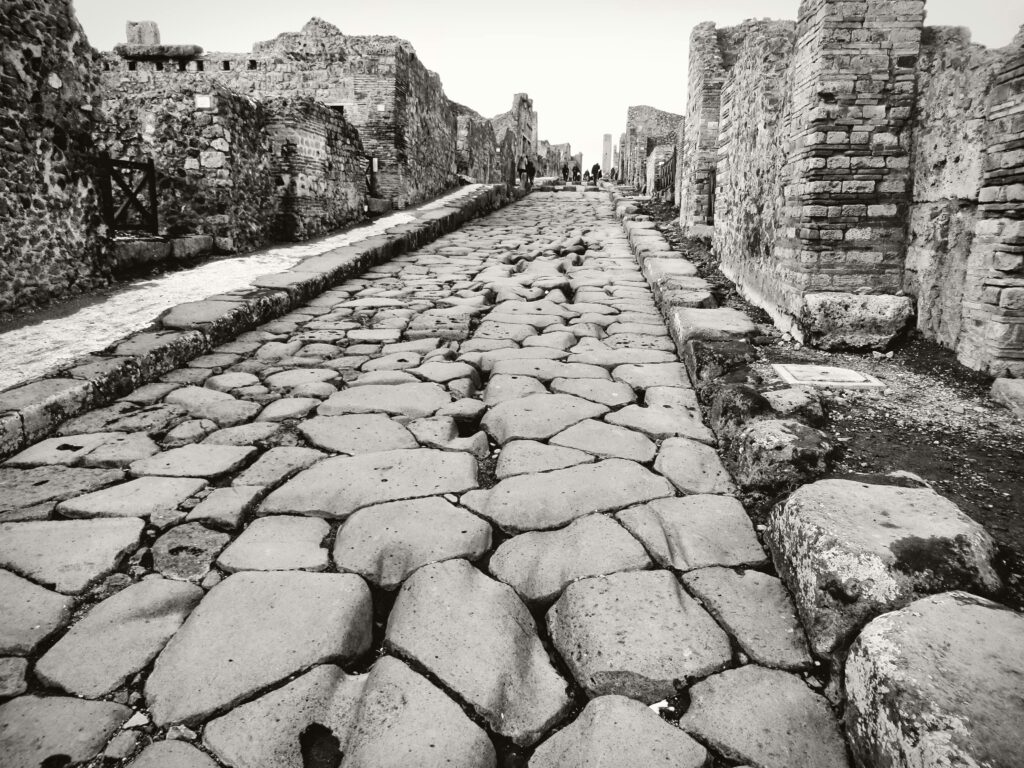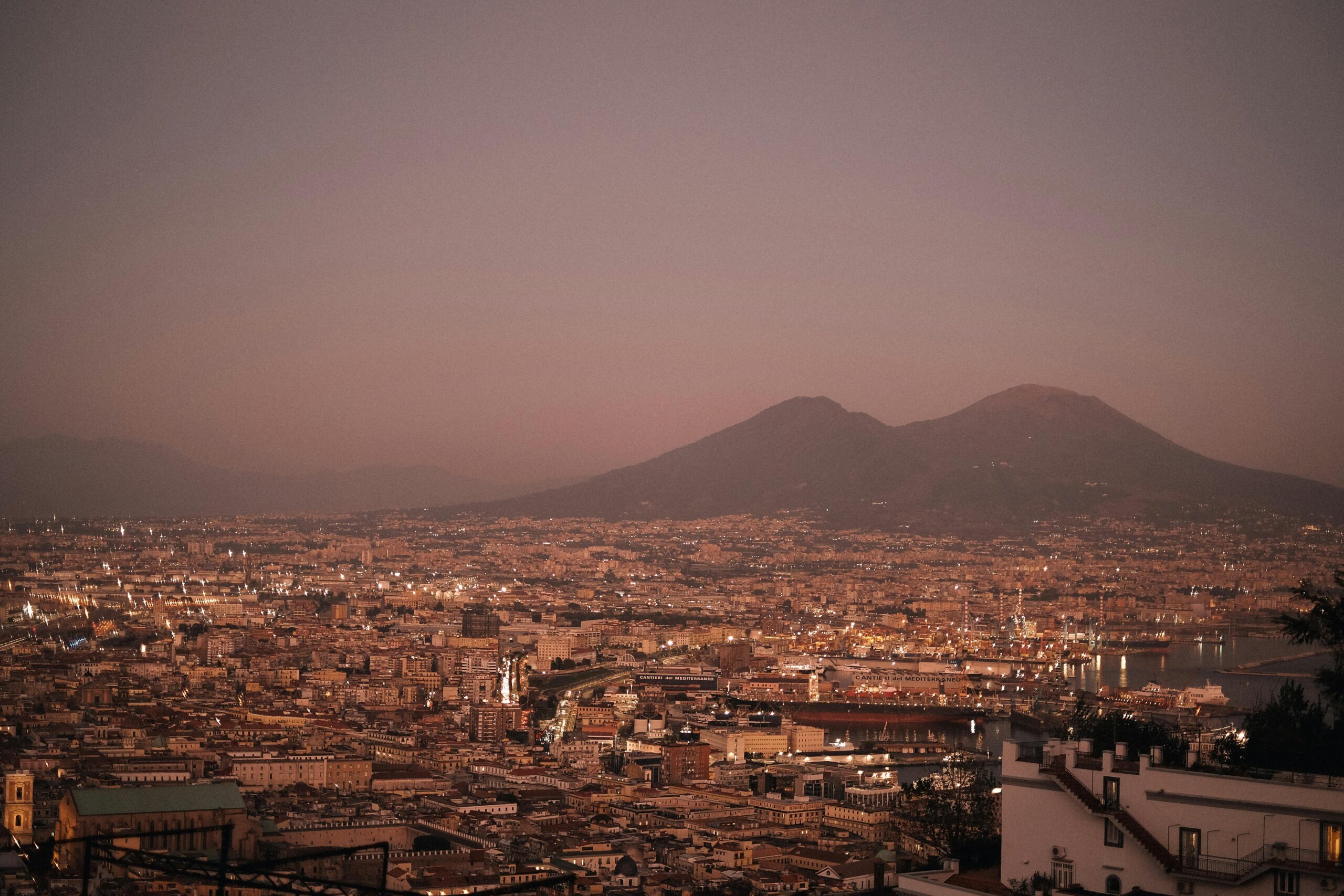The ancient city of Pompeii, a marvel frozen in time by the catastrophic eruption of Mount Vesuvius in AD 79, is one of Italy’s most cherished historical sites and a top destination for travelers worldwide. However, its popularity has come at a cost. Over the years, the site has faced severe challenges due to the overwhelming number of visitors, raising concerns about preservation and sustainability. Recently, the Italian authorities introduced new limits on the number of visitors to protect Pompeii from the impacts of overtourism. This article will explore the reasons behind these restrictions, the threats posed by excessive tourism, the planned management strategies, and the potential benefits of a more controlled visitor experience. We will also answer frequently asked questions about how these changes impact travelers.

The Importance of Protecting Pompeii
Pompeii is not just a tourist site; it is a historical artifact, offering invaluable insights into the daily lives, architecture, and society of ancient Rome. The site’s sudden burial under volcanic ash preserved buildings, frescoes, artifacts, and even human remains, making it one of the most detailed records of an ancient civilization available to modern scholars. This preservation makes Pompeii unique, but it also means the site is particularly vulnerable to wear and damage from foot traffic, pollution, and handling by millions of visitors each year.
In recent years, tourist numbers at Pompeii have soared, reaching upwards of 3.5 million annually. Such high volumes place immense pressure on the ancient ruins, with erosion, littering, and vandalism causing irreversible damage. These concerns have led officials to take significant action to protect Pompeii’s integrity for future generations.
Overtourism’s Impact on Pompeii
Overtourism has become a significant issue for popular historical and natural sites around the world. It is defined by a situation where a location receives more tourists than it can sustainably manage, often leading to negative impacts on the local environment, infrastructure, and cultural heritage.
For Pompeii, overtourism results in:
- Physical Degradation: Foot traffic erodes stone pavements and frescoes, while human touch and breath release moisture, potentially damaging ancient murals and sculptures.
- Environmental Damage: High visitor numbers contribute to waste accumulation, pollution, and wear on delicate infrastructure.
- Security Risks: Managing millions of people increases the chances of vandalism, theft, and accidental damage to irreplaceable artifacts.
- Visitor Experience: Overcrowding can degrade the quality of the visit, making it harder for individuals to appreciate the historical significance and beauty of the ruins.
New Visitor Restrictions: What Are They?
In an effort to reduce these impacts, Italian authorities have introduced new limits on daily visitor numbers to Pompeii. The measures include:
- Capping Daily Admissions: Only a limited number of tickets will be available each day to reduce the overall impact on the site. This system, similar to other popular tourist destinations, aims to prevent overcrowding during peak times.
- Timed Entry Slots: Visitors must book specific entry times, helping to distribute visitor flow throughout the day and avoid heavy clustering in specific areas.
- Advanced Reservation Requirement: To ensure a spot, travelers are now encouraged to book tickets in advance. This system enables better visitor management and gives officials an accurate estimate of daily attendance.
- Enhanced Security and Monitoring: Additional surveillance and staffing will help ensure that tourists respect preservation guidelines and do not damage the site.

Additional Preservation Measures
The Italian government and Pompeii Archaeological Park are implementing further steps to protect the site from environmental and human-related wear:
- Educational Programs: New signage and guides are educating visitors on the importance of preservation and encouraging respectful behavior while exploring the ruins.
- Structural Reinforcement: Conservation teams are working to stabilize walls, restore eroded paths, and shield vulnerable frescoes. This work is often carried out in restricted areas to prevent damage during restoration.
- Crowd Control Technology: Digital solutions, such as sensors and crowd monitoring systems, help track visitor numbers and movement patterns to minimize congestion in sensitive areas.
- Collaborative Efforts: Local authorities are collaborating with international heritage organizations, such as UNESCO, to develop sustainable tourism practices and ensure that preservation remains a top priority.
Benefits of the New Visitor Limits
While some tourists may view these restrictions as an inconvenience, they offer several benefits for Pompeii and its visitors:
- Improved Visitor Experience: With fewer people on-site, visitors can experience the ruins in a quieter, less congested setting, allowing for more meaningful engagement with the site’s history.
- Long-Term Preservation: Limiting foot traffic and damage enables future generations to visit Pompeii in its preserved state.
- Support for Local Communities: By focusing on sustainable tourism, authorities are creating an opportunity for responsible tourism practices that may include promoting lesser-known destinations nearby, benefiting the local economy.
Other Sites Implementing Similar Measures
Pompeii’s new visitor limits reflect a broader trend in the tourism industry, where famous sites like Machu Picchu in Peru, the Galápagos Islands in Ecuador, and Venice in Italy have implemented measures to control the impact of excessive tourism. These sites also face unique preservation challenges, prompting them to adopt similar policies, such as timed entry slots, daily visitor caps, and even higher entry fees.

Frequently Asked Questions
1. Do I need to book tickets in advance to visit Pompeii now?
Yes, due to the new restrictions, it’s highly recommended to book tickets ahead of time to ensure availability, particularly during peak tourist seasons.
2. Will these restrictions be permanent?
The restrictions are part of a broader preservation initiative that may evolve based on the site’s needs and the effectiveness of the new measures. Authorities will assess visitor numbers and preservation requirements regularly.
3. How many visitors are allowed per day under the new rules?
The exact daily cap may vary depending on seasonality and preservation needs, but the numbers are designed to significantly reduce overcrowding and protect the site.
4. Are there specific areas of Pompeii that are now off-limits to visitors?
Some sensitive areas are occasionally closed for restoration or protection efforts, but Pompeii remains largely open to the public. Specific closures will vary.
5. What happens if I miss my entry time?
It’s essential to arrive on time for your entry slot. While staff may try to accommodate slight delays, missing your designated entry time may result in forfeiture of the ticket without a refund.
6. How can I make the most of my visit with fewer crowds?
Plan your visit for off-peak hours, typically early morning or late afternoon. Take your time to explore quieter parts of the site, and consider hiring a guide for a deeper understanding of Pompeii’s history.
In summary, the new visitor restrictions at Pompeii are a response to the growing threats of overtourism, with the goal of preserving this invaluable cultural site for future generations. While limiting access may pose logistical challenges for some visitors, these measures ultimately benefit both Pompeii’s preservation and the quality of the visitor experience. As tourism evolves, Pompeii’s approach may serve as a model for other heritage sites grappling with the impact of high visitor numbers, demonstrating a commitment to sustainable, responsible tourism.
Sources The Guardian


